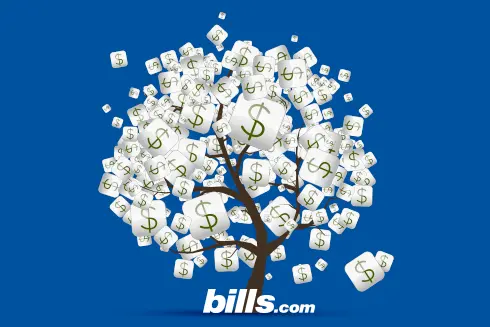What's the best way to decide how and where to get my auto and home insurance?
What's the best way to decide how and where to get my auto and home insurance, and how much should I pay?
Finding the best deal on homeowners and vehicle insurance is like finding the best deal on other products and services -- you need to shop, compare, and negotiate. Bills.com is a good place to help you find the best deals on insurance.
First, let us start with the shopping. To get no-cost, no-obligation quotes from insurance providers in your area, go to the Bills.com home insurance home page. In particular, I recommend you take a few minutes to read Homeowners Insurance Basics. Here are five items to consider when comparing homeowners insurance quotes:
1. Deductible
Deductibles on homeowners policies typically start at $250. Increasing your deductible to $500 or $1,000 oftentimes results in a savings of 12% to 25%, respectively. Regardless of the deductible you choose, make sure that the policies you are comparing have the same deductible.
2. Contents
Insurance companies make different assumptions about the value of the personal property contained in a home. Make an inventory of your personal property and include it in your policy. This is especially critical if you collect artwork, musical instruments, or other rare items that may appreciate in value at a high rate.
3. House coverage and not land
Generally speaking, a house fire does not destroy the land your house is on. Be sure that when you buy insurance you are stating the value of the structure and its contents, and not the value of the land.
4. Discounts
Companies that sell homeowners and auto coverage will take 5 to 15 percent off your a homeowner's premium if you buy multiple policies from them. If your house has a security system, be sure to mention this as it will result in a discount. Also, you may get a discount if you are older than 50.
5. Other coverage
Homeowner's insurance usually does not cover damage from flood or earthquake. If you are in an area prone to floods or earthquake you may have to buy a separate policy from the state or federal government. Some companies offer $1 million "umbrella" liability coverage for homeowners. This protects homeowners from liability if a person slips and falls on their property and suffers a serious injury as a result, and other foreseeable but rare calamities. Check the policy for what is included and excluded if you are considering umbrella coverage.
Bills.com has helpful information on auto information, too. Start with the Auto Insurance home page. Here are 10 items to consider when comparing auto insurance quotes:
1. Liability coverage
Basic liability covers damage to property or injury to other people as well as court costs. Each state sets minimum limits. Liability coverage is expressed in three numbers, generally noted in thousands of dollars. The first is liability for one person hurt in an accident. The second number is a maximum for all injuries in one accident. The third covers property damage. So, 25/50/15 covers $25,000 for one person's injuries; $50,000 for all injuries; and $15,000 in property damage.
2. Collision coverage
This insures a vehicle against damage from an accident.
3. Comprehensive coverage
This covers damage to a vehicle from something other than an accident.
4. Medical coverage
Auto medical coverage pays medical expenses from an accident. Compare with what is covered by health insurance policies. If you do not have health insurance, pick medical insurance on your auto policy.
5. Uninsured/underinsured motorist
This coverage pays for damage to a car if an uninsured driver (or someone without enough insurance) causes an accident.
6. Gap coverage
Gap insurance covers the "gap" between the value of a car and the amount of a loan on a car. It offers peace of mind in the first year or two of a new car loan, when the vehicle has depreciated in value, but the loan amount is still high. In this situation, if you totaled your car, an insurance reimbursement might not be as much as you owe the bank. Remove this coverage when the loan amount falls below the vehicleÂ’s value.
7. Other coverage
Adding optional coverage increases peace of mind, as well as cost. They might include coverage for rental car or roadside assistance (towing, or help for flat tires or other problems).
8. Deductibles
This is a great area for savings. The deductible is the cost the policyholder is obligated to pay for a repair before the insurer pays its portion. The higher the deductible, the lower the premium. The Insurance Information Institute estimates that by choosing a deductible of $500 on collision coverage instead of a $200, a car owner can save up to 30 percent on premiums. Choose the highest deductible you could afford in the event of an accident. Then save the money for the deductible cost in an interest-bearing account.
9. Discounts
Ask about discounts. Eligibility for discounts might include age (student or over 50), driver training, car features (air bags, alarm, antilock brakes), or having more than one policy with the insurer. Some insurers give discounts for low mileage, but infrequent drivers sometimes pay more.
10. Tune up credit
Pay bills on time and pay overdue debts. Insurers take credit scores into account when determining rates.
Third, once you choose an insurance provider, begin you negotiations and ask about the discounts that may be available to you. If you do not smoke, be sure to mention this as non-smokers are considered less risky to insure than smokers, especially for homeowner's insurance.
I wish you the best of luck. I hope that the information I have provided helps you Find. Learn. Save.
Best,
Bill
